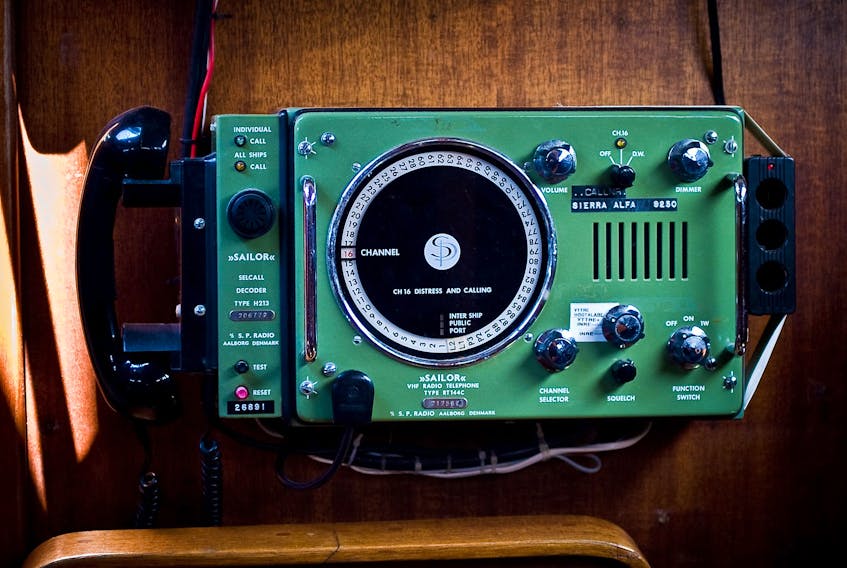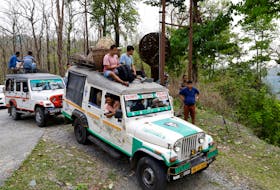TRURO, N.S.
Bruce Harvey was just 15 or 16 when he heard a surprising sound on the radio he received for Christmas.
It was the voice of an old man who lived on his street. Later, Harvey’s father took him to see his neighbour’s amateur radio set – and from then on he was hooked.
Decades later, Harvey is overseeing the Truro Amateur Radio Club as it partakes in the American Radio Relay League/Radio Amateurs of Canada competition being held across the continent on Saturday and Sunday.
“I tend to sit back and let some of the younger ears listen, I feel like I’ve done my time. Especially Morse code, I find it goes a little too quickly for me, people read it so damn fast these days,” said TARC president Bruce Harvey. “After you’ve been at it for 65 years or so, your ears get a little tinny.”
The ARRL/RAC competition will judge operators according to how many other clubs they can talk to, using either voice messages or Morse code over 24 hours. Clubs will also be graded on how many watts their radio transmitters use.
The TARC will be competing against clubs in Canada, the United States and for the first time, others in Mexico and some Caribbean islands.
Truro’s club numbers about 20 people, of whom six or seven will man the radio station set up on Pictou Road at any given time. Other clubs have up to 30 stations running at the same time.
“It just baffles my mind that there could be that many people in a group who can operate so many stations,” said Harvey.
The TARC uses high, very high and ultra-high frequency radios for communicating with other operators in Nova Scotia, Atlantic Canada and across North America. TARC is licensed by Industry Canada and the club owns the equipment it uses.
During disasters, amateur radio operators offer steady communications when normal telephone and other infrastructure is offline.
In more normal times, amateur radio operators can also beam messages up to relay satellites in orbit when talking to clubs across the world. One club in Prince Edward Island even talked with astronauts on the International Space Station, but the TARC has not yet attempted this.
“The amateur radio operator will set up a radio at school and then the children can ask the astronauts questions about life in space and get them answered,” said Harvey. “We’ve not done it locally [as] it takes and awful lot of co-ordination to get it all set up.”
While some people enjoy operating radio sets and talking to others, Harvey prefers the mechanical side. For him, that means setting up antennas and checking over the HF, VHF and UHF radios before operators get to work.
Once the radios are up and running, operators can use the international phonetic alphabet and callsigns, but is usually able to hear people clearly.
The Truro club is running its radios at 37 Pictou Road starting from 3 p.m.on Saturday.









